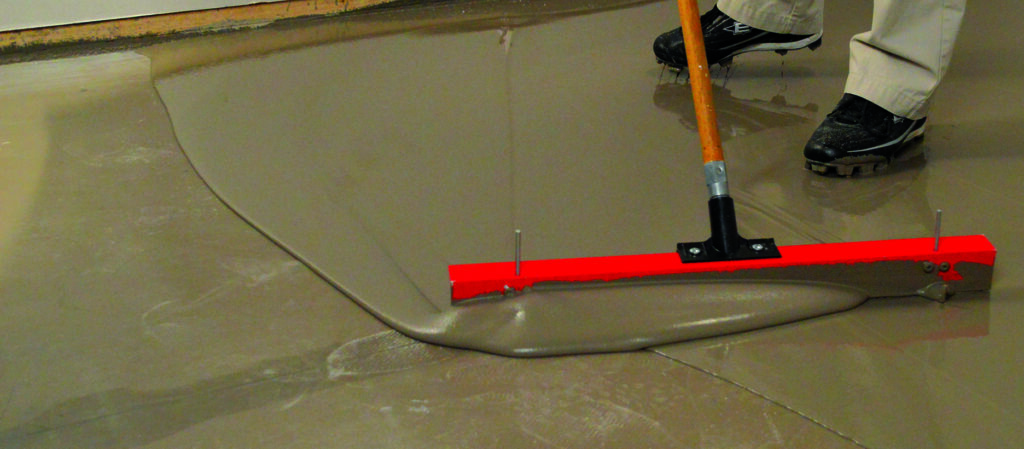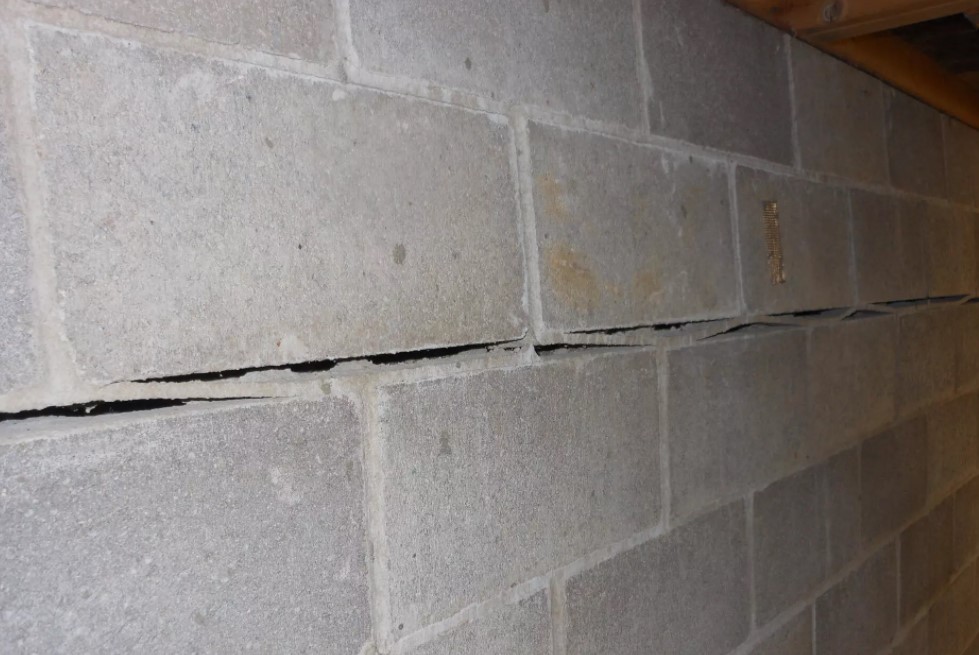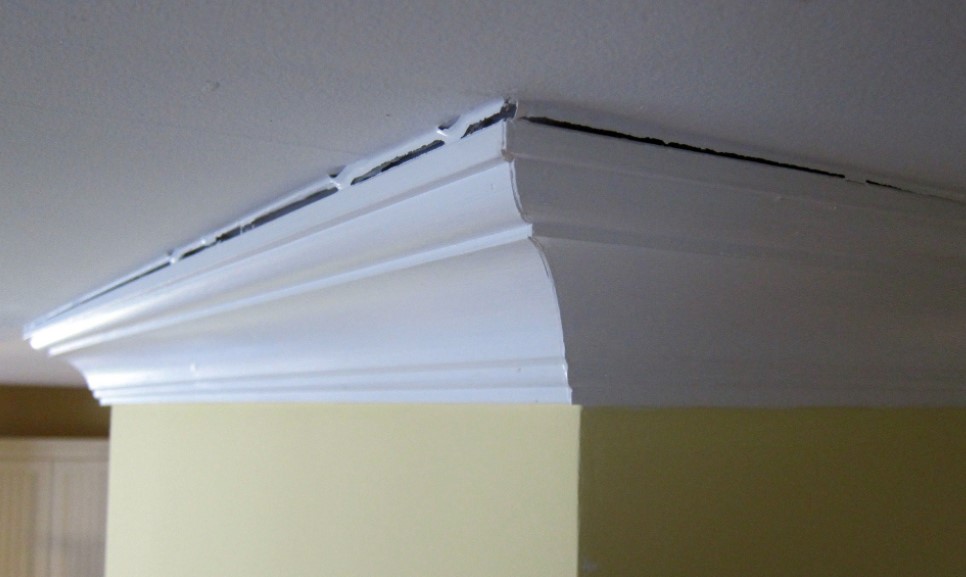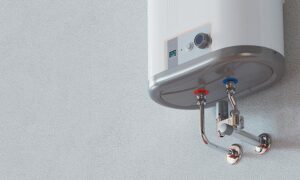Unlevel flooring is one of the most common problems with old homes. It is indeed true that some uneven floors in many homes will stabilize over the years. However, in other cases, uneven flooring can lead to hazardous situations with the house foundation.
Do you think your home’s flooring feels irregular or sloping, but not sure if it needs floor leveling or not? If yes, then this guide is perfect for you as it talks about the initial signs which signify the need for house floor leveling.
If your floor needs leveling, you can visit https://www.egaliseer.nl/, where professional services are available for floor leveling. These professionals give floor leveling offers to different types of floors, such as wood, concrete, fermacell, tiles, sand cement, anhydrite, and even underfloor heating.
Top 8 Warning Signs Your House Floor Needs Leveling

Source: ardexamericas.com
There are plenty of factors that can help you determine whether the floor needs leveling or not. So, here are the top 8 signs which quickly indicate the need for house floor leveling.
1. Noticeable Cracks In The Walls
Cracks in the walls are one of the most common and noticeable signs which indicate foundation damage. When uneven flooring shifts its position, that motion might trigger the walls to move as well. With that, the smooth layers in drywall could shatter, and due to the pressure of the foundation’s movement, the walls will slope and form cracks on their surface.
If your house is made of bricks, then you can notice the cracks on the external walls as well. The most alarming situations are when you see horizontal or broad cracks, the regular formation of new openings, and cracks on the same wall in both internal and external surfaces. If you notice any breaks in the ceramic tiles, you need to immediately contact professional help because these tiles would only shatter when there is a huge structural problem.
2. Wide Gaps In Between The Mortar Joints
In general, the mortar junctions are gaps loaded with mortar that are present between the bricks. If the floor is uneven, it will eventually split up the cement with pressure. Due to that, you can see the formation of wide gaps. After some time, these broad voids can be relatively inappropriate and awful.
The wide gaps can also degrade the aesthetic of your home. Therefore, if you notice huge gaps between the mortar joints, it is better to contact a floor leveling company. Hence, they can analyze the scope of the problem and make required upgrades.
3. Bending basement walls

Source: areawaterproofing.com
Apart from the cracks on the walls, sometimes you can also notice that the walls are bent. The pressure from the changing movement of the foundation will make your basement walls move a bit inward than the original position. Because of that, the walls might have a lowered look. Remember to call for a home inspection service to check the severity of the problem.
4. Stuck Windows And Doors
Generally, the doors and windows in a house are constructed to stay in their frames and work properly. If the foundation of the house is strong and reliable, it will be easy for you to open and close them. However, when the house’s foundation moves, cracks will develop in walls, which leads to uneven lining up of the windows and doors. Due to that, most of the windows and doors tend to stick, which makes it hard for you to unlock and lock them appropriately.
5. Sloping Floors
Another sign that reflects the need for floor leveling is heavy sloping, bowing, drooping, or uneven floors. In general, you do not have to worry if you feel only a little bit of slumping in the middle of the floor as they are formed due to settling, which will become even over time. Besides that, a little drop in the center does not cause any harm to your house’s structure.
However, if one side of the floor is very high compared to the other side, there is a high chance of notable house structural damage. If you want, you can perform a test by putting a stone at the higher end of the floor and notice whether it slips toward the ordinary edge of the floor. You can also contact your local concrete contractors. This way, you will have a professional opinion on what to do with your sloping floors.
6. Noticeable Gaps Between Your Walls And Roof

Source: silive.com
When the foundation of your house fluctuates due to uneven flooring, the shifting movement can cause cracks in walls. Sometimes, these cracks will be formed between the walls and ceiling. Over time, these cracks will widen, which looks like a big gap between the roof and walls.
7. Tilting Chimney
Here is another quickly noticeable sign which can conclude that the floors are uneven and need floor leveling. If your house has a chimney, you can see cracks on its surface or bent pipe. It is the result of the house foundation shifting movement.
8. Frequent Repairs
Though all homes need repairs from time to time, continuous repairs mean that there is a problem with your house. If there is underlying foundation damage, make sure to hire a professional to fix it quickly.
Causes Of Foundation Damage

Source: mydecorative.com
Here are some of the possible reasons that can lead to foundation damage in your house:
- Lack of an adequate drainage system causes extra moisture to remain on the house’s foundation, which weakens and harms the foundation.
- Plumbing leaks are also one of the most common reasons for foundation destruction, including minor leaks. They will cause cracks, gaps and ultimately develop harm to the foundation.
- Changing the condition of the existing soil has the potential to destroy the house’s foundation because of heavy pressure.
- The growing tree roots under your home’s foundation will impose pressure on the concrete base, making it develop cracks.
Bottom Line
If you see any of the above-mentioned warning signs, it implies that your house’s floor needs leveling. If possible, try to contact a home foundation professional to inspect the leveling of the floor. Keep in mind not to ignore or delay the leveling plans as they could lead to detrimental situations.
Read Also:
5 Tips to Make your Home Eco-Friendly























